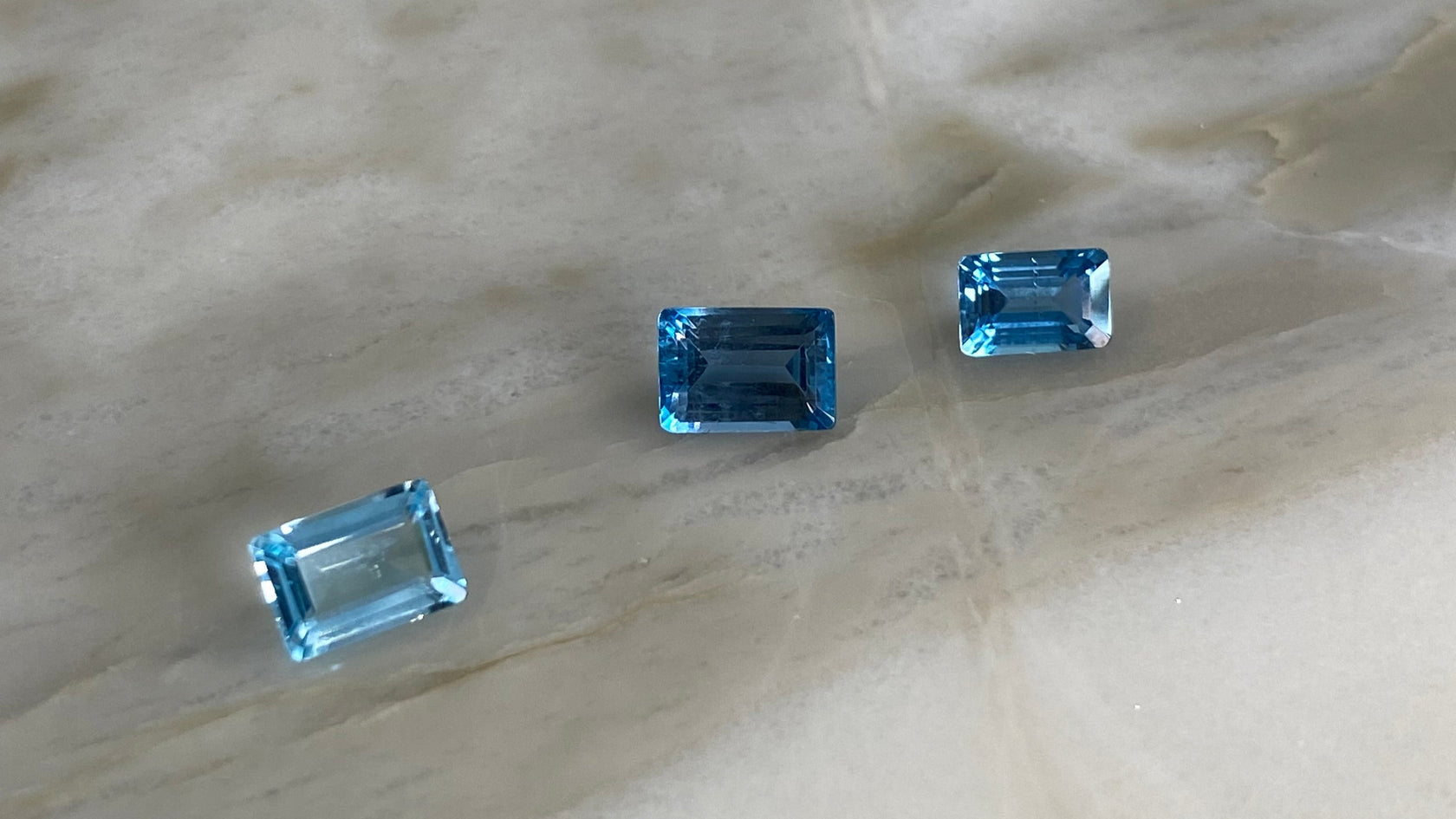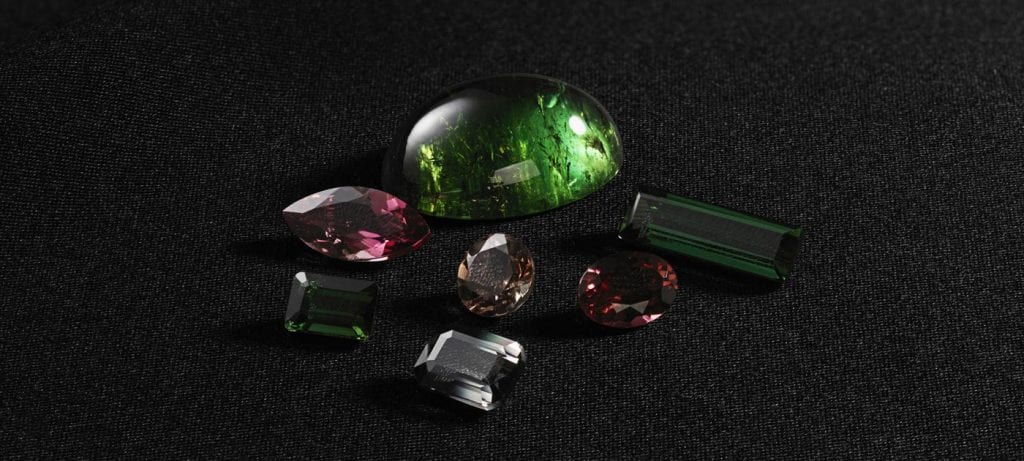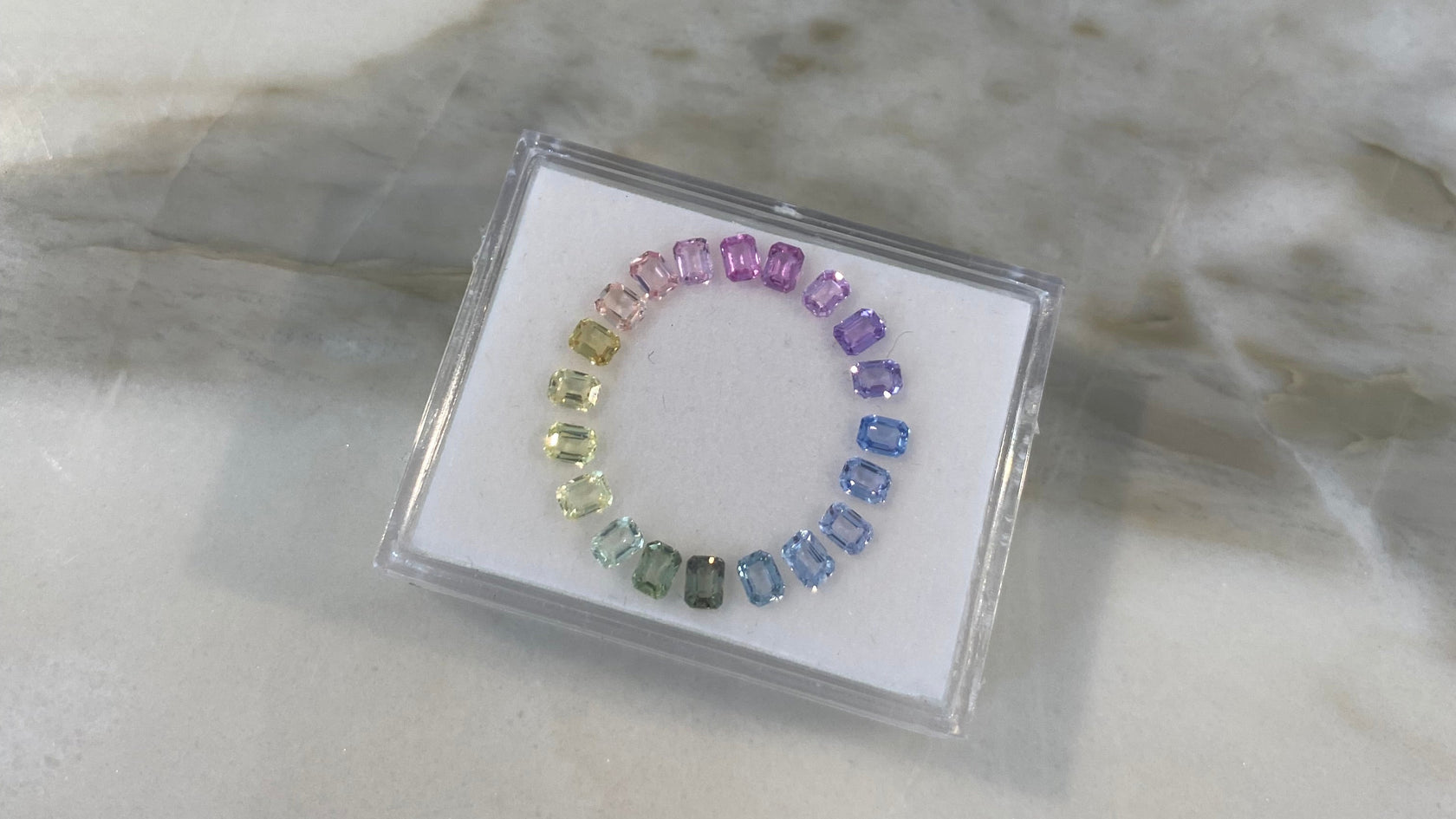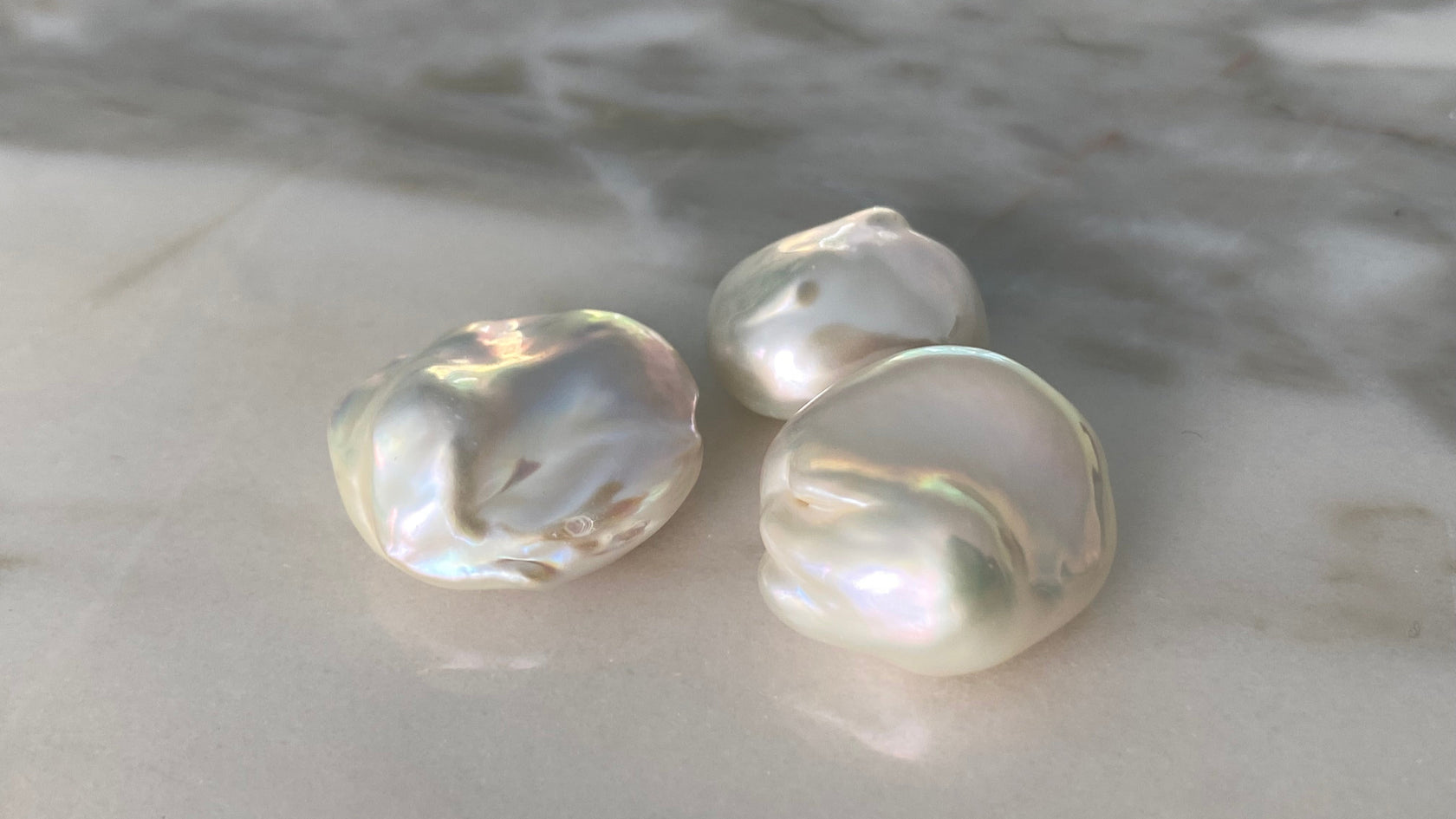GEMSTONES

AQUAMARINES
The aquamarine name comes from Latin meaning seawater and was named after its beautiful blue color. It was believed that an aquamarine would calm waves and keep sailors safe at sea.
Dark blue is the most desired color. A trade term referring to the color is “Santa Maria” name after a mine in Brazil with the same name. The most important deposits of aquamarine are in Brazil, Africa and Australia.
Like the emerald, aquamarine is a variety of the mineral beryl. On the Mohs’ hardness scale aquamarine is a 7.5-8 and is a slightly softer stone.

TOURMALINES
Tourmalines comes in one of the widest color range of any gemstone. The most desired colors are intense pink and green, also called rubellite and chrome. The Dutch imported it in the 17th century from Sri Lanka to Western and Central Europe. They named it Turamali, which in Sinhalese means “stone with mixed colors”. Tourmaline crystals only showing one color are quite rare. Most crystals will show various color tones. 7-7.5 on the Mohs hardness scale. This is a softer stone and contact with hard surfaces should be avoided.

SAPPHIRES
Most known for its royal blue color and the intense blue from Kashmir. Sapphires are found in almost every color of the rainbow like green, violet, yellow, pink, orange, and even transparent. It’s a corundum species and all colors in this species are called sapphires except red – this is a ruby.
Today deposits are mostly found in Australia, Madagascar, Sri Lanka, Africa and Thailand. Hardness on the Moh’s scale is 9, making it the most ideal colorful gem for engagement rings.
Linette’s favorite sapphire is the Teal known for its unique color, which combines blue and green hues.

PEARLS
The process of a growing pearl is a fascinating process that requires dedication and patience. The growth in the oyster bed starts with a core in the cultivation process. In a natural pearl a shell, fishbone or sand floats into the pearl oyster and the mollusk starts to produce a pearl. Pollution is one of the factors that have reduced the supply of natural pearls. Therefore, in the cultivation process humans causes the mollusk to start producing a pearl by placing a foreign body in it. Pearls are one of natures miracles but also very delicate and should be worn with caution.